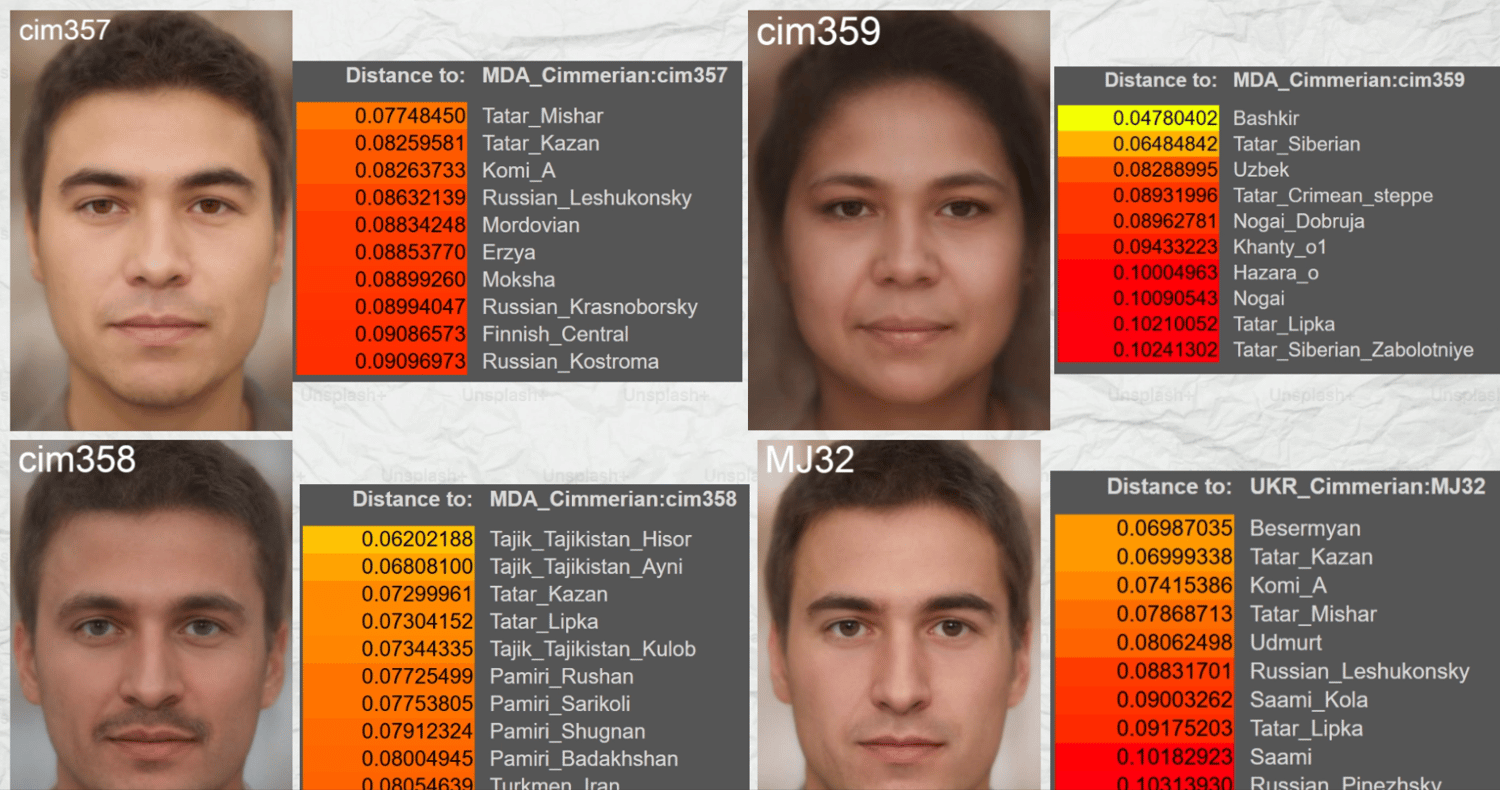
4 cimmerians 23andme format files
The Cimmerians were a nomadic people of the early Iron Age, known for their influence across the Eurasian steppes and invasions of the Middle East. They are believed to have originated in the Pontic-Caspian Steppe, in the region north of the Black Sea, before migrating southward due to pressure from other steppe groups like the Scythians.
The Cimmerians descended from the earlier Srubnaya culture of the Late Bronze Age, which occupied the Pontic-Caspian steppe. The Srubnaya culture was part of the broader Andronovo cultural complex, associated with early Indo-Iranic-speaking populations. As part of the steppe tradition, the Cimmerians inherited a nomadic lifestyle, horse domestication, and metalworking techniques.
The Cimmerians likely spoke a language from the Scytho-Kurgan branch of the Iranian language family, which was part of the broader Eastern Iranian group. Their linguistic ties suggest cultural and genetic affinities with other Iranian-speaking groups, such as the Scythians, though their specific dialect remains unknown due to a lack of written records.
As nomads or semi-nomads, the Cimmerians built no permanent architectural structures. Instead, they relied on mobile dwellings, such as yurts or tent-like structures, suitable for their itinerant lifestyle on the open steppe. Their temporary settlements might have included animal enclosures and simple storage pits for grains or tools when they stayed in one location for extended periods.
The Cimmerian society was organized around tribal and clan structures. They were likely governed by chieftains or warrior-kings, who led their tribes in military campaigns and controlled trade. Their economy was based on herding livestock, hunting, raiding, and trading, with horses playing a central role in both daily life and warfare. The warrior elite held significant status, as evidenced by burial practices emphasizing weapons and horse gear.
The Cimmerians were fierce warriors known for their invasions and raids.
The Scythians displaced the Cimmerians from their northern homeland, forcing them southward, where the Cimmerians fought for dominance among the Urartu, Assyrians, and Phyrigians.
Artifacts associated with the Cimmerians include Iron swords, daggers, and spears, reflecting their prowess as warriors, Burial mounds, or kurgans, similar to those of other steppe cultures, Jewelry and Decorative Items, and Pottery.
For this video, I gathered the raw DNA of four Cimmerians from 9th century before the common era, one from Ukraine, the rest from Moldova.
